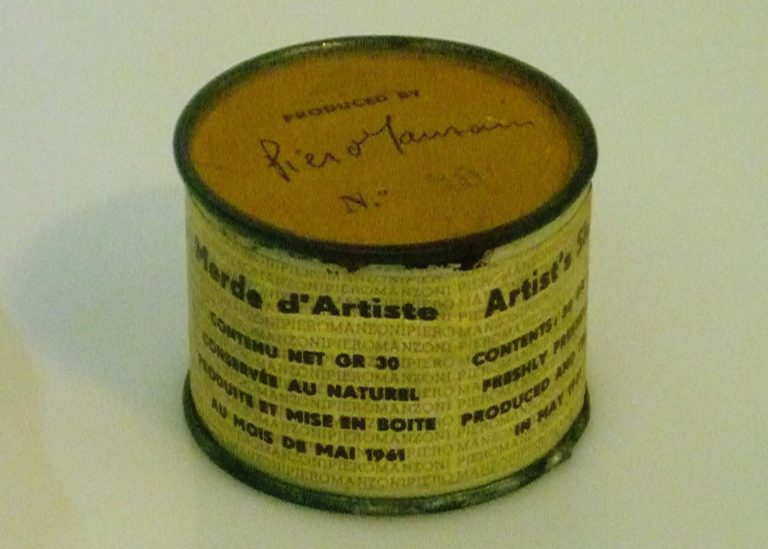Until the earlier parts of the 20th century, there was a definition for music and arts, and that is, an expression of beauty. According to Roger Scruton, the renowned philosopher and writer, the point of beauty is that it is a value, similar to truth and goodness.
From the 20th century onward, art endeavored to break moral restraints and societal taboos; it was an expression of the self. And it didn’t matter whether the self was horribly repugnant. Beauty no longer mattered. This is not just limited to art, but also music, fashion, and architecture; everything has “gone down the drain” into the most disturbing, disgusting, and ugly. The masters of today celebrate the profane.
When the art of the yesteryears venerated the beauty of the Heavens, the current “artisans” celebrate themselves — their own egos, desires, ambitions — insignificant flutterings of the vile nature of their minds.
“I think we are losing beauty, and there’s a danger that with it — we will lose the meaning of life.” —Roger Scruton
Traditional art is about capturing the essence of beauty around us in a meaningful way, and presenting it elegantly, so that the viewer, when laying his eyes or ears upon these creations, feels mentally uplifted and morally upgraded for just having been in the presence of the masterpiece. The old masters wanted to lessen the suffering of man through the beauty of art.
Is beauty subjective?
That which inspires has been thrown away, and what has replaced it is what is disfigured and a whole lot of ugliness. Beauty and elegance are frowned upon by modern-day artists. They don’t care for “values”; they do not carry them nor will they showcase anything that reflects them. They cannot even if they want to, because “that’s not who they are.”
As it is said: “Beauty lies in the eyes of the beholder.” But does it? Is it really only subjective? Modern life is random, unpredictable; the everyday world is disturbing and hence art should reflect this, claim the modernists.
A good artist needs to be taught in the ways of an art school; they must study the skills, gain knowledge, have an appreciation of beauty, and be creative. Splattering colors on the canvas with obsessive strokes intending to conjure shock while crying “art” does not make it art.
Marcel Duchamp was a famous proponent of modern art. Duchamp and modern artists claim the movement toward modernist techniques is ideal because the traditional space was too constrained and became intellectually corrupt.
They wanted to rebel against all the ideas and ideals put forth till then in the art world (of what art should consist of), with their main premise being that a work of art is a work of art because we think it is a work of art. They wanted to showcase the world in all its present imperfections. But does all this make it art? Examples of such art include Urinal by Marcel Duchamp, Can of Shit by Piero Manzoni, and Skull by Damien Hurst.
I’d contend that beauty is objective. There are beautiful things and then there are the not-so-beautiful things. To appreciate classical beauty, whether it be in music, arts, or the opera, you need a refined mind; it needs to be educated on this. Otherwise, your appreciation will only linger at a superficial level.
In the present society where one side of the argument is considered socially just and the other is pure racism, there can be no discussions. We cannot look up at the art and say that it has no beauty. We can no longer say that the emperor has no clothes.
Does it bring in money?
Roger Scruton says: “Beauty is assailed from two directions; by the cult of ugliness in the arts, and by the cult of utility in everyday life.”
In a consumerist society, we carry the notion that anything that has no monetary significance or utility has no purpose in being beautiful. As the credo of modern architects, “form follows function,” beauty is pushed backward, and utility is given the front seat. But then, we are more than this. We are not here merely to satisfy our animalistic needs of appetite and survival; we have spiritual and moral needs that, when left unfulfilled, give us a sense of emptiness.
“Beauty is the sign of another and higher-order,” said Plato, who also said that when you behold it with the eye of the mind, you will be able to nourish virtues and become the friend of God.
Heaven is not accessible by humans, but one way of experiencing it is through beauty. And that is its purpose. To connect us with the divine and inspire us to be better and aspire for the Heavens.
Follow us on Twitter, Facebook, or Pinterest



